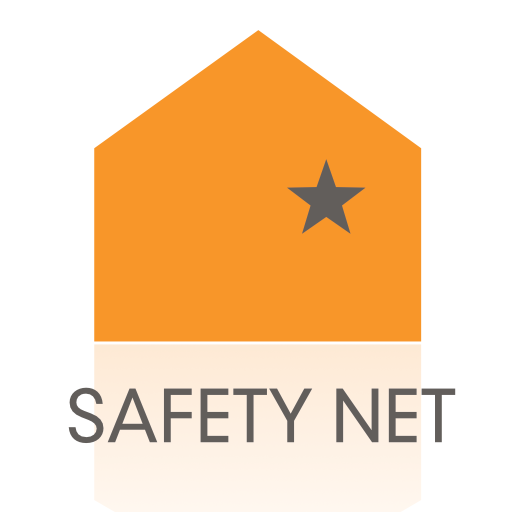2020: When Work Shifts, Our Core Values Remain
/This year we all experienced unprecedented changes in how we do our work due to COVID-19. While quarantining at home or navigating essential work safely, we all had to quickly shift to adapt to the needs of survivors, learning new technologies, and understanding the risks and challenges with the pandemic. Simultaneously, we witnessed a social reckoning with the call to action to center Black and Brown lives in this country and the rights of victims and survivors.
With all that was going on, in the chaos of switching to full remote work, we worked diligently to respond to the needs of the field with timely information ranging from webinars, handouts, technical assistance, and adjusting our Tech Summit to a virtual space. As 2020 ends, with so much to mourn, we also celebrate the successes of this year, while still focusing on how to improve our training, technical assistance, and services. We could not have done this work without our generous sponsors and funders and the dedication from the field to continue to put emphasis on survivor-centered practices.
We share with you some of the highlights from 2020 and hope that as we end this year, we remember our core values and hold a refreshed sense of advocacy. We are also in awe of the sheer determination we witnessed from programs across the country to meet the needs of survivors, regardless of what challenges the year brought. We hope that all of you take a moment to look at your accomplishments too because despite how the year has been, they are there and they are important.
1. We Trained, We Saw, We Conquered- This year we provided 75 trainings for all types of service providers. At the beginning of the year, our COVID-19 rapid response focused on Working Remotely During a Public Health Crisis, FAQ’s on Confidentiality & COVID-19, and helping programs to assess the benefits and risks of technology. This was especially important as we saw an increase in survivors using tech to communicate with services and their loved ones. We developed content on contact tracing, working with older adult survivors and survivors with disabilities who are using technology, and voter registration. In total, we have trained over 11,902 advocates, law enforcement, legal professionals, and other service providers this year. Even though most of our training was conducted from our homes, we were still able to provide training for advocates in many countries including Tribal communities, almost all 56 states and territories, and even virtually trained abroad in places like Taiwan, Italy, Afghanistan, and more.
All of the Countries, States and Territories The Safety Net Team Trained this year
2. Answering Difficult Questions: We always get a lot of requests for technical assistance (TA), but this year we received more TA than ever. We provided TA on complex technology-facilitated abuse, how to set up remote services, confidentiality and working remotely, helping survivors vote safely, technologists looking to create products, apps, software; and the list goes on. We provided close to 500 hours of technical assistance this year. Understanding the ins and outs of technology, confidentiality, and service provision can be complex and we are always willing to help programs as they work with survivors to understand these nuances.
3. Tech Summit Goes Virtual: It’s one thing to provide guidance on how to conduct a virtual event, it’s another to put it into practice. We hosted our annual Tech Summit, taking a 3-day in-person conference and made it a 5-day virtual event. We had close to 750 people register to attend and to receive recordings of the training. We worked to ensure that even though we were virtual, the sessions were engaging and informative. Though we ran into a few technical difficulties, we learned from them, and are excited to come back next year, whether virtual or in-person. Our Tips for Hosting a Virtual Event Guide has more information to help you as you plan a virtual event.
Looking Ahead
As we move into 2021, we continue to keep the needs of the field and survivors at the heart of what we do. We are looking to ensure that our content is always timely and relevant, factoring in the unique needs many communities have, and the ways that access to technology is still a barrier for many survivors.
We know that confidentiality, the digital divide, providing remote and digital services, and transformative justice in technology are all topics we want to explore more and incorporate into our training, materials, webinars, and how we do this work.
We are grateful every day for the amazing ways we get to support programs, technologists, service providers, and survivors. We know that this year has been complicated, exhausting, and has really shifted our collective thinking in how survivors reach out to services, how programs communicate, and all of the in-between.
We are hopeful as we go into the new year, knowing that we will bring our same core values to center the voices of survivors, empowering survivors in their technology use, and supporting programs as we all work to end violence for all.
Check out our infographic to learn more about how we did our work this year! Read more about NNEDV’s reflections on 2020.



